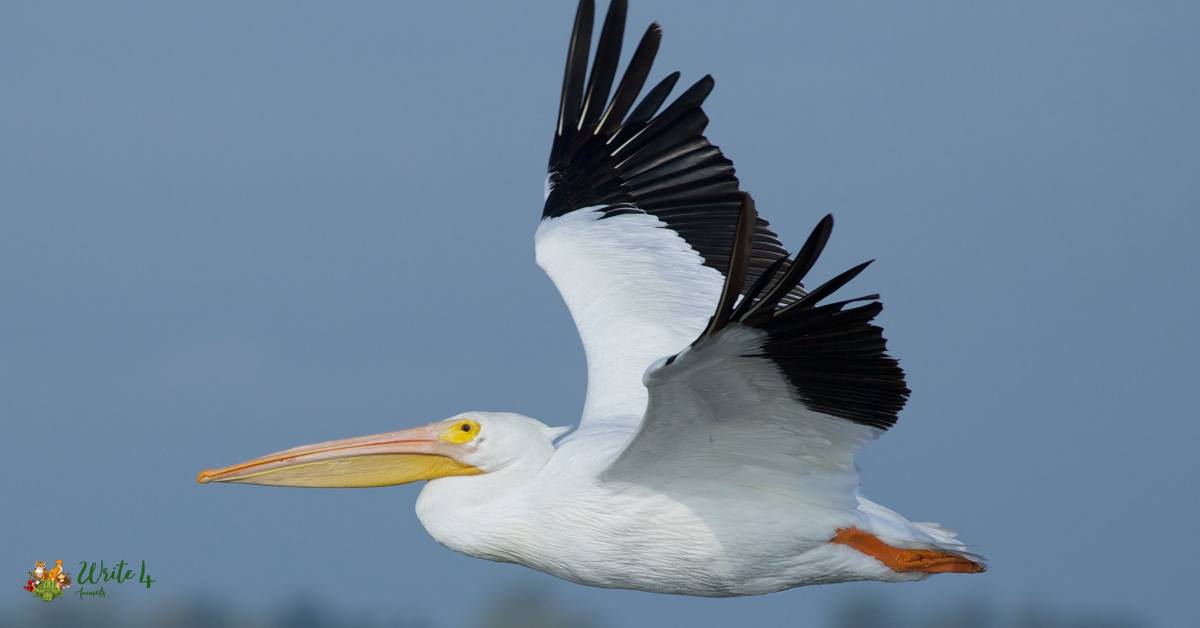Florida, a land of sun-soaked wonders and vibrant wildlife, holds a special secret in its skies and wetlands – the stunning white birds that gracefully dance through the air. From the elegant Great Egret to the charming Snowy Egret, these feathered friends bring a touch of magic to Florida’s natural landscapes.
In this blog post, we’ll take a delightful journey into the world of these enchanting creatures, exploring the reasons behind their snowy plumage, the unique stories they tell, and the simple joy they bring to anyone lucky enough to catch a glimpse of their pure, white beauty.
10 White birds in florida
1. Great Egret
The Great Egret, a regal inhabitant of Florida’s wetlands, commands attention with its towering stature and pristine all-white plumage. With a wingspan reaching up to 4.5 feet, this majestic bird elegantly patrols the water’s edge, its long neck poised for the perfect strike. A skilled hunter, the Great Egret dexterously captures fish, amphibians, and even small mammals with its dagger-like bill.
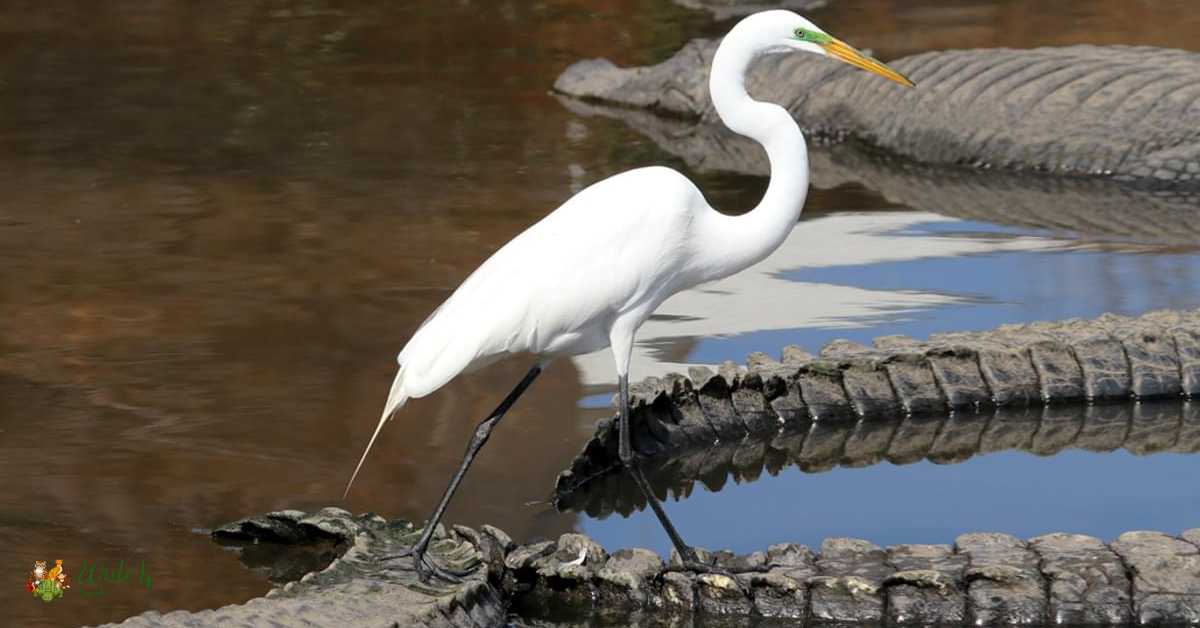
Its presence is a testament to the delicate balance of nature, a harmonious dance between predator and prey in the lush wetlands it calls home. To witness a Great Egret in flight is to witness poetry in motion, a symphony of grace and precision that leaves an indelible mark on the observer’s soul.
2. Wood Stork
The Wood Stork, with its unique bald head and down-curved bill, is a charismatic ambassador of Florida’s wetlands. This large, white bird wades through shallow waters with an air of deliberate grace, embodying the essence of tranquility in its surroundings.
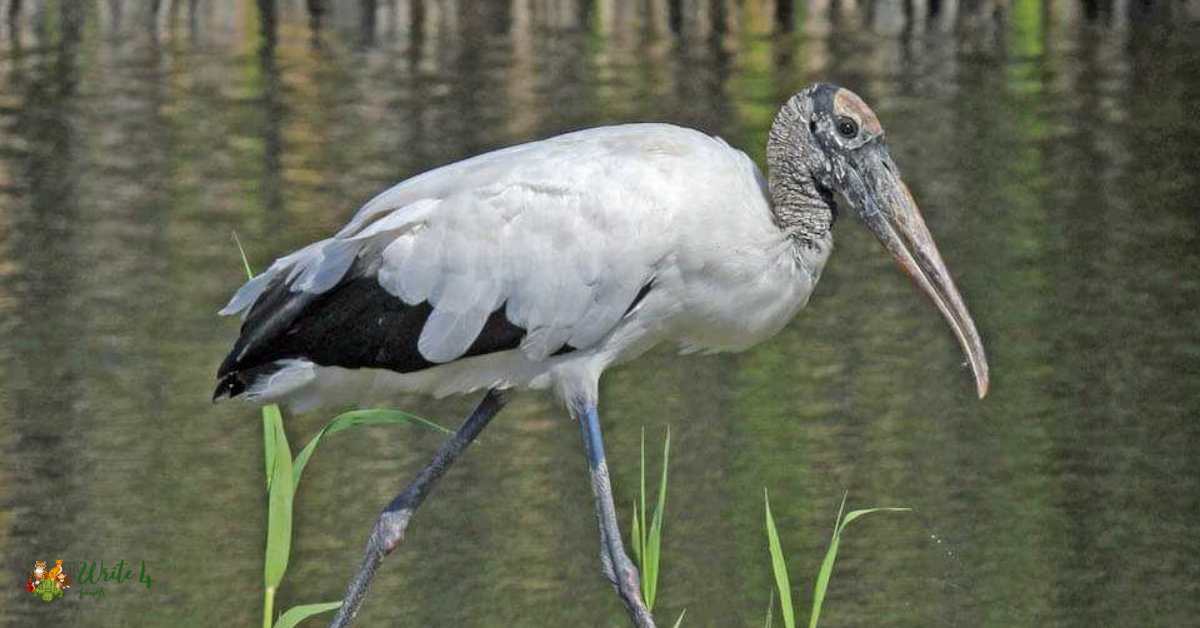
A critical player in the ecosystem, Wood Storks contribute to the delicate balance by regulating fish and invertebrate populations. Their broad wingspan and soaring flights add a touch of spectacle to the wetland landscape, reminding us of the importance of preserving these habitats for the benefit of both wildlife and admirers.
3. Snowy Egret
In the coastal realms and estuaries of Florida, the Snowy Egret reigns as a beacon of elegance with its delicate plumes, slender black bill, and distinctive yellow feet. These small, white birds engage in a mesmerizing dance as they forage for food, using their bright feet to stir up prey in the muddy shallows before striking with surgical precision.
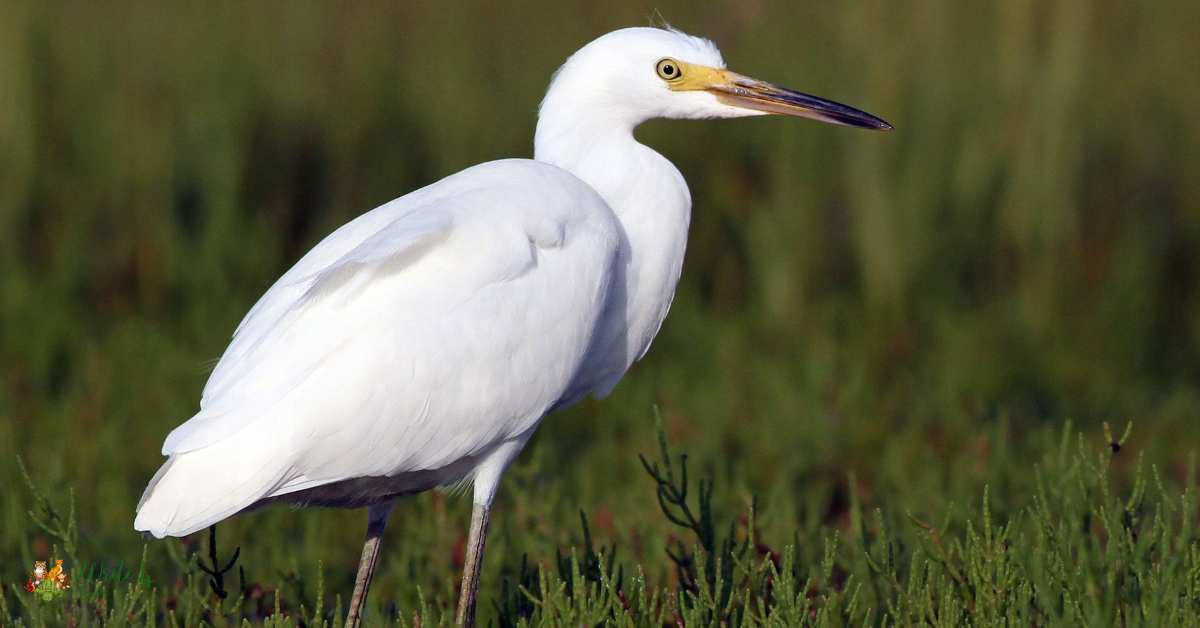
The Snowy Egret’s presence adds a touch of charm to Florida’s waterways, a living embodiment of grace and poise against the backdrop of the state’s diverse ecosystems. With every step and every flight, these exquisite birds remind us of the delicate ballet that unfolds in the natural world, where beauty and survival intertwine.
4. Cattle Egret
Amidst open fields and grasslands, the Cattle Egret stands as a smaller, sociable companion to livestock, clad in white feathers with a distinctive yellow-orange bill. These birds are a common sight, foraging alongside cattle, where their presence benefits both parties.
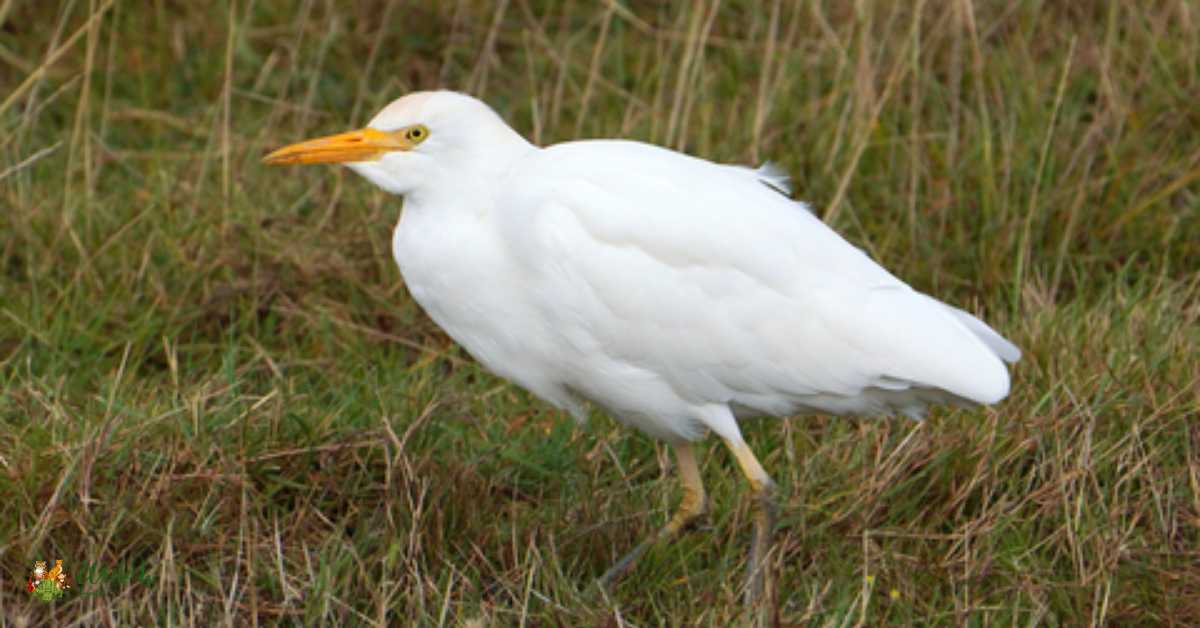
As opportunistic feeders, Cattle Egrets feast on insects stirred up by the movement of grazing cattle, showcasing a unique symbiotic relationship in nature. Their adaptability and cooperative behavior make them a charming addition to Florida’s avian community, underlining the interconnected web of life that unfolds in the seemingly simple landscapes of the state.
5. White Ibis
With a long, curved bill and bright red facial skin, the White Ibis is a common and easily recognizable resident of Florida’s marshes and wetlands. These sociable birds often forage in groups, their white plumage contrasting against the greenery of their surroundings.
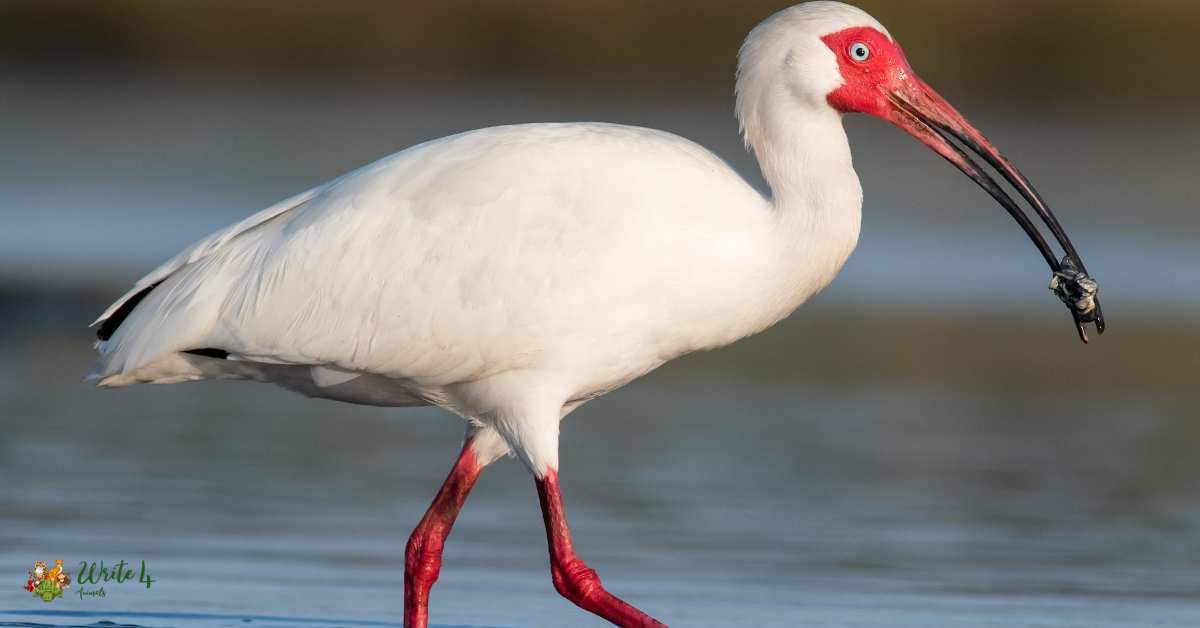
Expert foragers, White Ibises probe the mud for insects, small crustaceans, and other delectable treats, showcasing both efficiency and cooperation. Their presence, both visually striking and ecologically significant, highlights the interconnected relationships that thrive in Florida’s wetland ecosystems.
6. Whooping Crane
The Whooping Crane, a majestic giant adorned in snowy plumage, stands as one of North America’s most endangered bird species. Distinctive for its striking white plumage and contrasting black wingtips, this tall crane captivates with its elegant stature and a wingspan that can reach an impressive 7 feet.

A native visitor to Florida during the winter months, the Whooping Crane’s ethereal presence graces wetlands and coastal areas. Conservation efforts have played a vital role in safeguarding this species, symbolizing hope for the preservation of endangered wildlife.
Witnessing the Whooping Crane’s dance and bugling calls is not only a rare treat but a testament to the importance of conservation in ensuring the survival of these magnificent birds.
7. American White Pelican
The American White Pelican, a majestic glider of the skies, enchants onlookers with its impressive wingspan and immaculate white plumage. Unlike its brown pelican counterpart, the American White Pelican is characterized by its striking white feathers, a bold contrast against its vivid orange bill and feet.
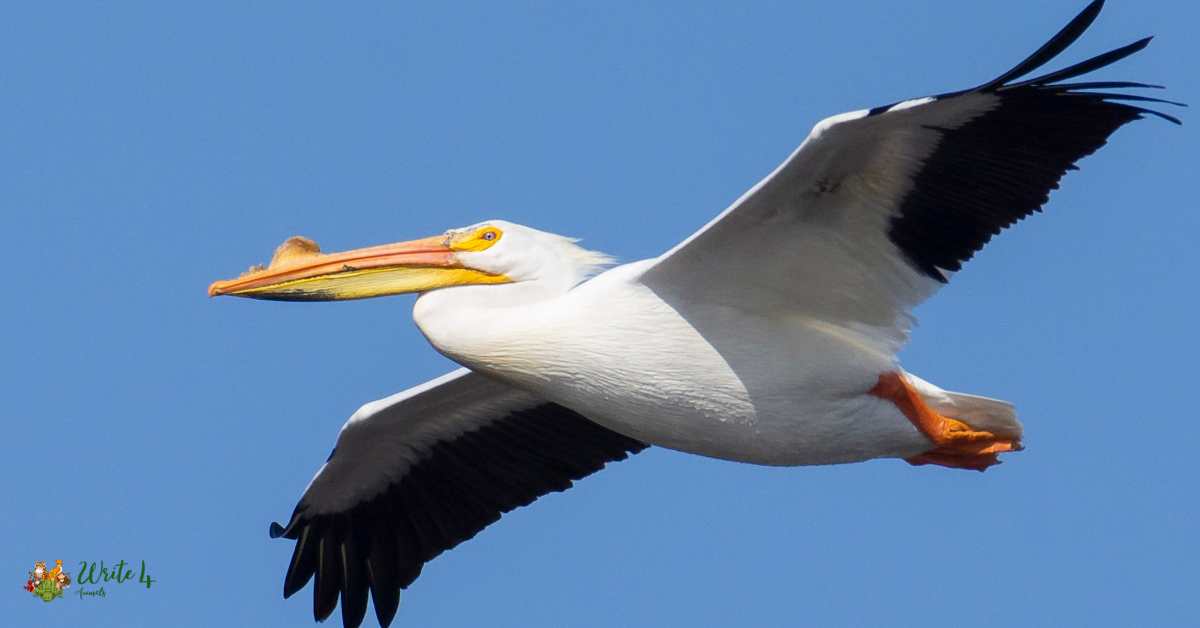
Frequently spotted in Florida’s lakes and coastal waters, these pelicans engage in synchronized soaring and cooperative fishing expeditions, creating a captivating aerial display. Their large size and distinctive appearance make them a focal point for birdwatchers and photographers alike.
Emblematic of grace and communal harmony, the American White Pelican contributes to the visual symphony of Florida’s diverse birdlife, leaving an indelible mark on the hearts of those fortunate enough to witness their grandeur.
8. Piping Plover
The Piping Plover, a diminutive but charismatic shorebird, graces the sandy beaches and coastal habitats of Florida with its delicate presence. Dressed in pale plumage with distinct black markings on its forehead and bill, the Piping Plover is a symbol of resilience and adaptation.
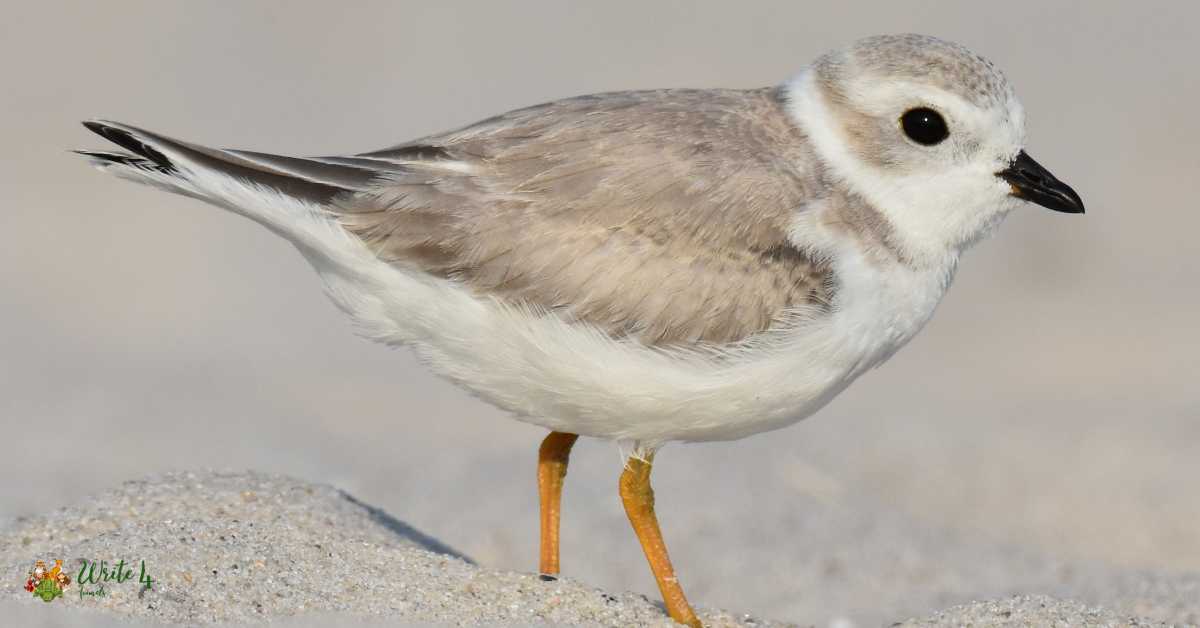
Despite its small size, this bird plays a crucial role in maintaining the balance of coastal ecosystems by foraging for insects and invertebrates along the shoreline. Nesting in shallow scrapes on sandy shores, the Piping Plover faces threats from habitat loss and human disturbance, making conservation efforts imperative for its survival.
As beachgoers share the shores with these charming birds, awareness and responsible coastal practices become essential in safeguarding the habitat that the Piping Plover calls home.
9. Sooty Tern
The Sooty Tern, a master of long-distance oceanic flights, graces the skies above Florida’s coastal areas with its distinctive dark plumage and striking white underparts. Recognizable by its sleek appearance and buoyant flight, the Sooty Tern’s haunting calls resonate as it patrols the open seas in search of fish and squid.
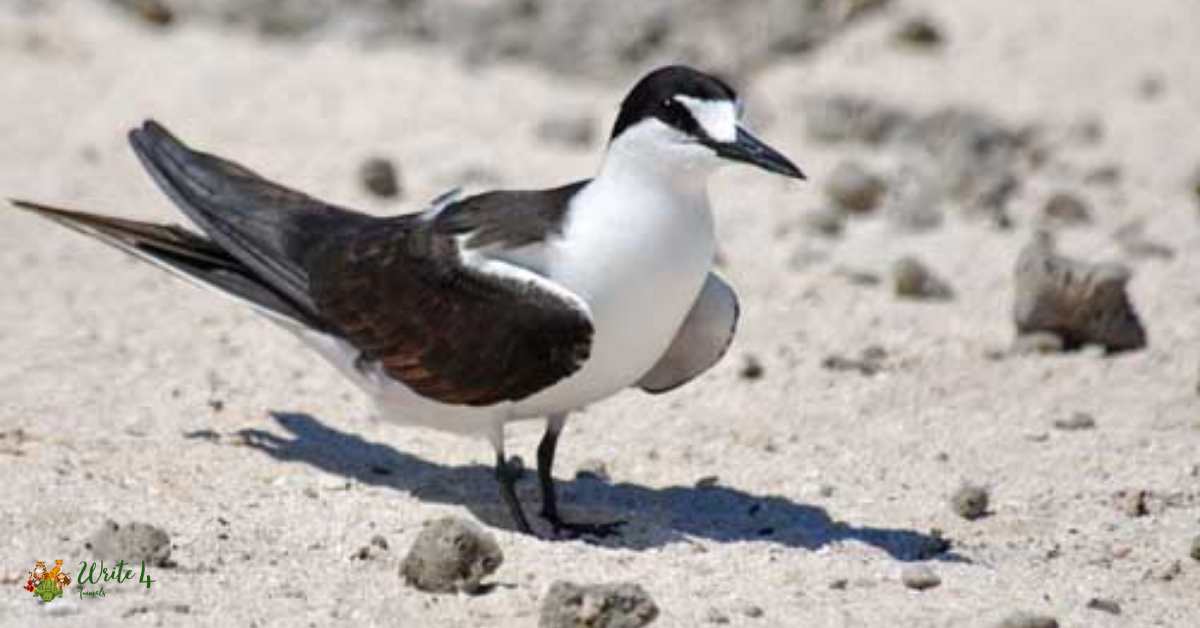
Nesting in large colonies on remote islands, these seabirds embark on remarkable journeys, covering vast distances during their migrations. Florida’s coastal habitats serve as crucial stopovers for the Sooty Tern, providing essential rest and nourishment during their expansive journeys.
Their presence is a testament to the interconnectedness of ecosystems across oceans and the need for international cooperation in preserving the delicate habitats that sustain these incredible seabirds.
10. Royal Tern
The Royal Tern, a regal presence along Florida’s shores, showcases an elegant blend of white plumage, sleek black cap, and a sharply pointed orange bill. Often found in large colonies, these seabirds create a lively spectacle as they engage in courtship displays and cooperative fishing efforts.
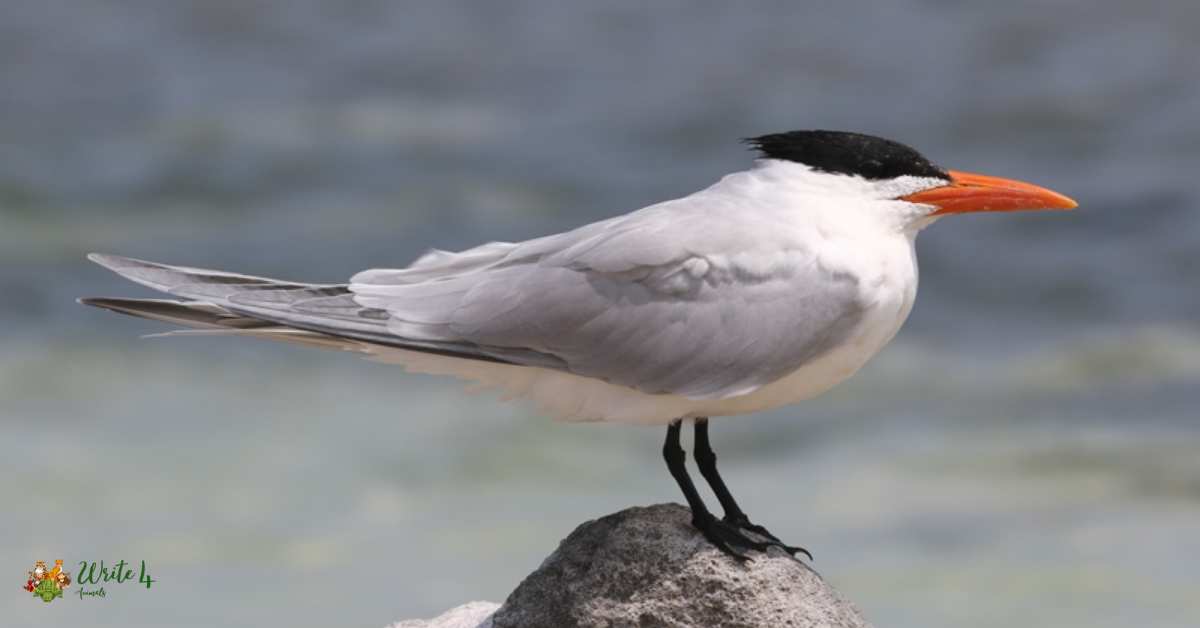
Their distinctive black-capped appearance sets them apart, earning them the title of “royal” among coastal birds. With a wingspan that can reach up to 30 inches, the Royal Tern effortlessly soars above the waves, adding a touch of grandeur to Florida’s coastal landscapes.
Their dependence on undisturbed beaches for nesting highlights the importance of preserving these habitats, ensuring the continuation of the Royal Tern’s majestic presence along the Sunshine State’s.
White Birds in Florida’s History
Throughout Florida’s rich history, white birds have played a symbolic and cultural role, becoming iconic representations of the state’s natural beauty. The Great Egret, for example, adorned the plumes of fashionable hats in the late 19th and early 20th centuries, leading to conservation efforts and the establishment of the first bird protection laws.
These birds became living symbols of Florida’s delicate ecosystems, inspiring environmental awareness and conservation movements. Over time, the cultural significance of these elegant creatures has evolved, contributing to a collective pride in Florida’s unique avian heritage.
Behavior and Diet of White Birds in Florida:
The behavior and diet of white birds in Florida are intricately tied to the state’s diverse ecosystems. These birds exhibit remarkable adaptations to their wetland habitats, showcasing behaviors that reflect their roles as hunters and foragers. The Great Egret, for instance, employs a patient stalking technique, slowly wading through shallow waters to hunt fish and amphibians.
Wood Storks, with their distinctively down-curved bills, engage in tactile fishing, relying on touch to capture prey in murky waters. Snowy Egrets utilize their bright yellow feet to disturb prey before striking swiftly with their bills. This diverse array of feeding strategies highlights the adaptability of white birds, underscoring their vital roles in maintaining ecological balance within Florida’s intricate web of life.
Frequently Asked Questions
1. What types of white birds can be found in Florida?
Florida is home to a variety of white birds, including the iconic Great Egret, Wood Stork, Snowy Egret, Roseate Spoonbill, Cattle Egret, Little Blue Heron, Tricolored Heron, White Ibis, American White Pelican, and the Anhinga. Each species contributes to the state’s diverse avian population.
2. Why are white birds prevalent in Florida?
The prevalence of white birds in Florida is linked to the state’s abundant wetlands, marshes, and coastal areas. These habitats provide rich feeding grounds for these birds, offering an abundance of fish, amphibians, and invertebrates. The white plumage of these birds serves as effective camouflage in the subtropical landscapes, aiding in their hunting strategies.
3. How do white birds contribute to Florida’s ecosystems?
White birds play crucial roles in Florida’s ecosystems by helping regulate prey populations. For example, Wood Storks are essential in controlling fish and invertebrate numbers in wetlands. Additionally, their presence indicates the health of these ecosystems, making them important indicators for environmental monitoring.
4. Are white birds in Florida endangered?
While some white bird species, such as the Wood Stork, have faced periods of concern and conservation efforts, many others, like the Great Egret and Snowy Egret, have rebounded due to conservation initiatives. Continued habitat preservation and environmental stewardship remain essential for ensuring the well-being of these birds.
5. What is the best time to observe white birds in Florida?
The best time to observe white birds in Florida is during the winter and early spring months. Many species migrate to the region during this time, providing excellent opportunities for birdwatching. Coastal areas, estuaries, and wetlands are prime locations for observing these magnificent birds in their natural habitats.
6. How do white birds adapt to Florida’s climate?
White birds in Florida have evolved various adaptations to thrive in the state’s subtropical climate. Their white plumage helps reflect sunlight, reducing heat absorption. Additionally, their long legs and bills aid in wading through shallow waters, and specialized hunting techniques, such as the use of feet by Snowy Egrets, showcase their adaptability to the diverse environments.
7. Are there any conservation efforts focused on white birds in Florida?
Yes, various conservation organizations and initiatives in Florida work to protect and preserve the habitats crucial for white birds. Wetland restoration projects, environmental education, and research on bird populations contribute to ongoing efforts aimed at ensuring the long-term survival of these elegant species.
8. Can I contribute to the conservation of white birds in Florida?
Absolutely! Individuals can contribute to the conservation of white birds in Florida by supporting local and national conservation organizations, volunteering for habitat restoration projects, and practicing responsible birdwatching. Additionally, raising awareness about the importance of preserving wetland habitats and reducing environmental impacts can make a positive difference.
9. What threats do white birds face in Florida?
White birds in Florida face threats such as habitat loss due to urbanization, pollution of water bodies, and climate change. Human disturbance, particularly during the breeding season, can also impact nesting success. Conservation efforts focus on mitigating these threats to ensure the continued well-being of these remarkable birds.
10. Can I find guided tours or birdwatching events to observe white birds in Florida?
Yes, Florida offers numerous guided birdwatching tours and events, especially in popular birding areas like the Everglades, coastal estuaries, and wildlife refuges. Local birdwatching groups, nature centers, and national parks often organize outings, providing enthusiasts with opportunities to observe and learn more about the fascinating white birds that inhabit the state.
Recommended
1. 17 black snakes with white stripes
2. 10 fish with big forehead | big forehead fish
3. Wolf vs Husky: Unraveling the Similarities and Differences
